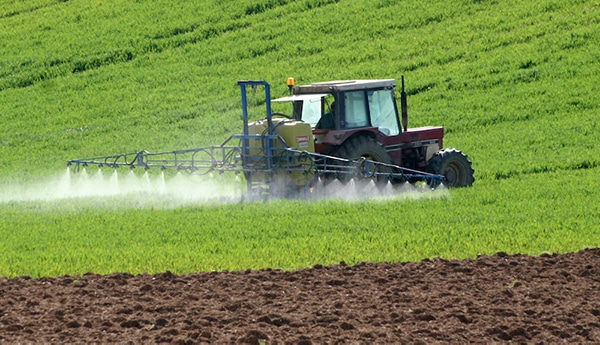Animal welfare legislation & livestock transport
The Australian Animal Welfare Standards for the Land Transport of Livestock (the Standards) define specific requirements in relation to livestock transport in Australia.The Standards are enforceable. It is an offence to load and transport an animal in a way that causes, or is likely to cause, it unnecessary harm.
These Standards replace the individual state/territory livestock transport provisions of the Australian model codes of practice for the welfare of animals, so there are now the same rules nationwide for livestock transport.
This Is it fit to load guide will help producers, agents, buyers, transporters meet their legal obligations under the new Standards.
Preparing livestock for transport
Preparing livestock for transport correctly is a vital element of any journey. Well-prepared stock travel better, are less stressed and associated animal welfare issues are avoided.
- plan the journey including rest stops and inspections
- know who to contact in case of an emergency
- make sure the facilities including yards, races, loading ramps and vehicles are well constructed and will not injure livestock
- handle livestock quietly and with minimum force – stress is cumulative
- segregate animals appropriately (e.g. horned animals, mothers with young, etc.)
- rest recently mustered livestock prior to loading
Steps for preparing livestock for transport:
It is the responsibility of the person in charge to ensure that animals are prepared correctly and will cope well with the entire journey.


Preparing livestock for transport – feed & water
Maximum time off water. The Standards determine the maximum period of time that each species can be held off water during transport. See the table overleaf for more information.
This period includes mustering and any time off water in yards, as well as the journey itself. But, these are maximum limits – certain classes of animals, such as pregnant or young animals, or conditions such as hot dry weather could mean animals need even more regular access to water.

Journey log. Transporters, drivers and agents should always seek information about how long animals have been off feed and water before loading. If it is likely that the journey will take more than 24 hours, then the date and time when animals last had access to water and when they were last inspected must be recorded by the person in charge. Written information about who to contact in an emergency must also be provided.
Feed and water during curfews.Dry feed such as hay but not green feed can be offered prior to loading even if water has been withheld. While food and/or water is on offer, make sure that there is enough space for every animal to access it, as shy feeders become an issue when space is limited. Consider giving electrolytes to animals during the preparation period as it may help prevent physical stress during a long journey.
What to do if an animal is unfit to load
If you identify an animal which meets any of the criteria on above, then you must not transport it.
You can:
- treat the animal and transport when recovered and fit to load
- humanely destroy the animal, or
- consult a veterinary surgeon, and then
- transport only under veterinary advice.

(A) indicates the frontal method and (B) indicates the poll method which may be used in an emergency if the
frontal position is unavailable.
(A) indicates the poll method which is the only one suitable for sheep with horns, (B) indicates the straight
down or crown method.
Make sure the animal is dead before you leave it.If in doubt re-shoot. Bleeding out is used to ensure the
death of an unconscious but still living animal.
Article kindly provided by Meat & Livestock Australia. For more information visit Site of Meat & Livestock Australia.





